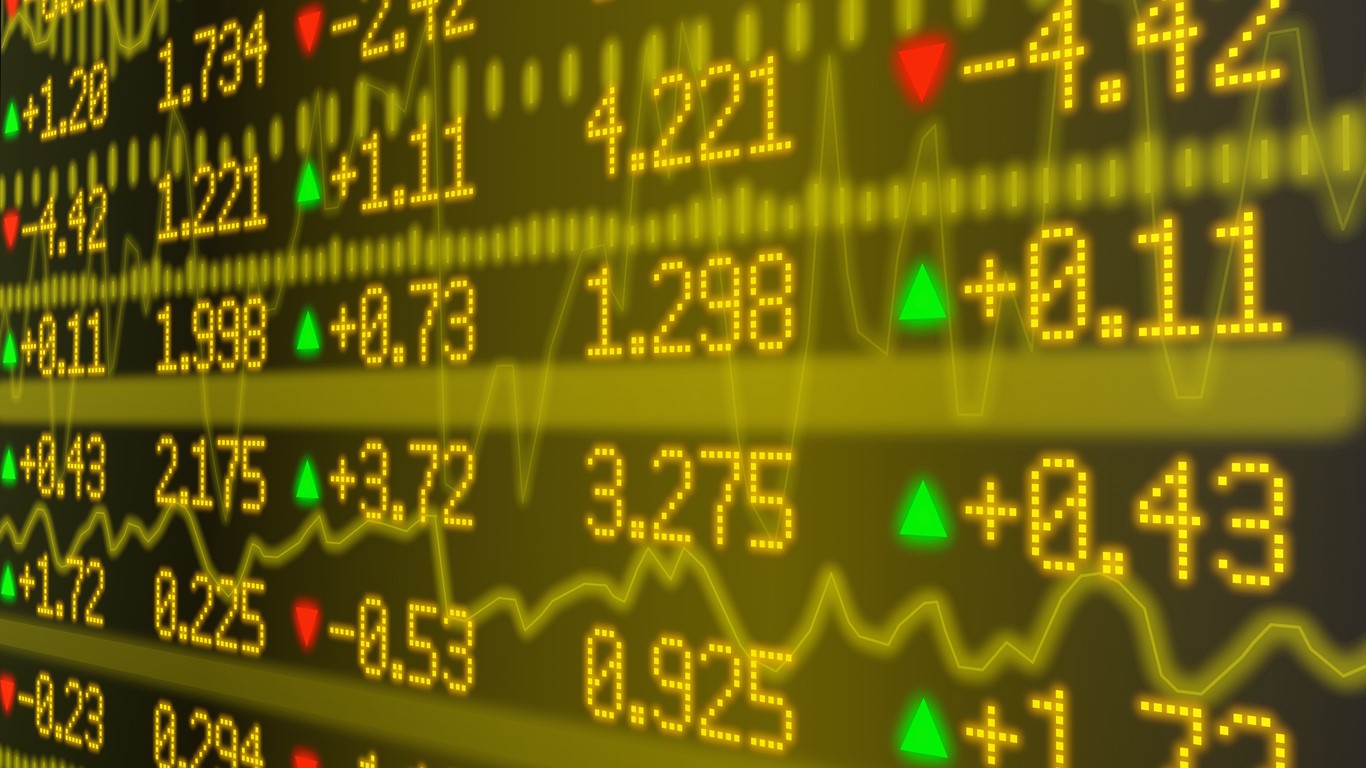Over the last ten years, as the markets have rebounded from the banking crisis, all economic indicators have seemed to move in a healthy direction. And yet, in the last couple months, stock market volatility has been a regular occurrence. One area of concern for economists has been that a rising stock market has not accurately matched the earnings of regular people. The stock market appears to be booming while Main Street indicators have remained stagnant. The disparity may be starting to have negative consequences for the overall market.
So even with tax reform, rising GDP and low unemployment, trends can be spotted that contribute to a tumultuous stock market.
1. The Rise of Interest Rates
Interest rates began inching up during Janet Yellen’s tenure at the Federal Reserve. Those incremental hikes were slower to rise than interest rate hikes on consumer loans and credit cards. But as the economy heats up, interest rates will continue to go up in order to slow down growth, which in turn can negatively impact corporate earnings. The upside for investors is higher interest rates means higher bond yields. The downside for the stock market is that investors move away from stocks into bonds, which creates market volatility.
2. Hello Inflation
Inflation is on the rise. Month to month the statistics on inflation have seemed relatively steady. However when looking year to year, the trend is clearly showing a rise in inflation. According the US bureau of Labor Statistics, inflation in 2015 was less than 1%. In 2016, it was 1.28%. And then, last year, it bounced up to 2.65%. Rising inflation indicates less money for investors to purchase shares in a hot market with high priced stocks.
3. Stocks are Currently Very Expensive
Looking closely at the P/E (price to earnings) ratios, the trends are unsettling. Over the last 140 years, the price to earning ratio has averaged at 17. The current P/E score is 32.56 up from 32.47 in January, which jumped from 28 in January of 2017. To put this in perspective, the crash of 1929 saw a P/E of 30. During the Dot.Com bubble of the 1990s, the P/E was 45. And in 2008, at the height of the banking crisis, the P/E was at 32, exactly where it is now. The P/E can signify an out of whack market, where stocks are overvalued and volatility can come in the form of corrections at best and, at worst, crashes.
4. The Unstable VIX
The VIX is the CBOE (Chicago Board Options Exchange) measure of volatility as applied to the S&P 500 index options. When the VIX numbers are elevated, indications are that the markets are in critical flux. While the VIX has been relatively stable over the past year, in the last month it has uncharacteristically spiked and then dropped.
5. Ballooning National Debt
Government debt was already rising from 2001-2009, with defense spending and tax cuts both on the books. But the debt continued to rise after the Great Recession between 2009 and 2017, doubling from $10 trillion to $20 trillion. Currently infrastructure projects on the horizon, as well as tax cuts, will have to be financed with even more deficit spending. Over time, the interest on these government debts will rise and higher federal spending on interest will adversely affect private investment adding to market volatility.
Teton Pines Financial is here to help you understand how to keep your money safe when the markets get rocky. Contact us for more information on how to navigate your investments.

